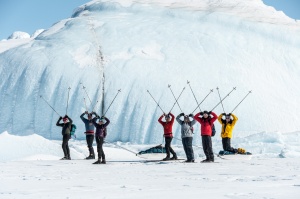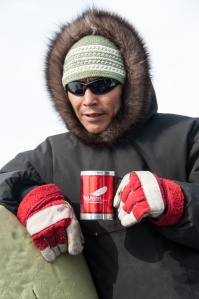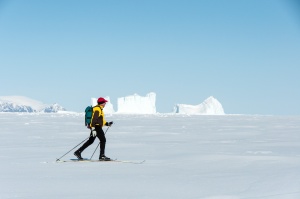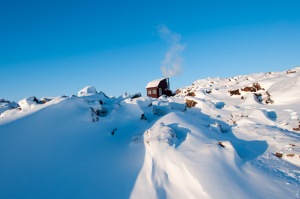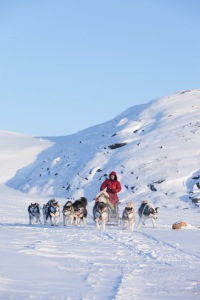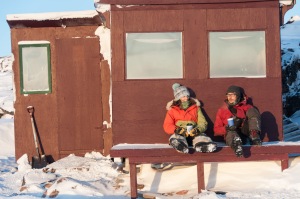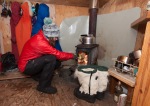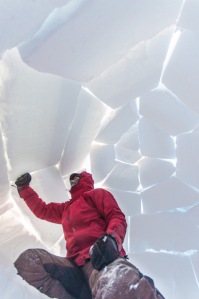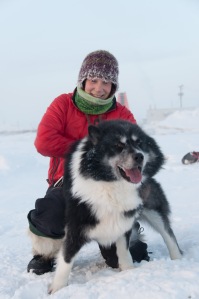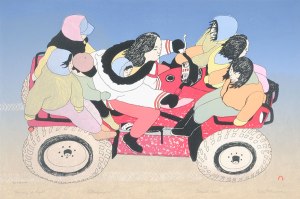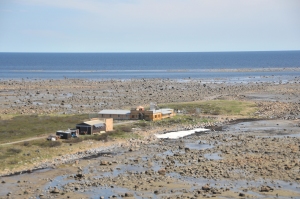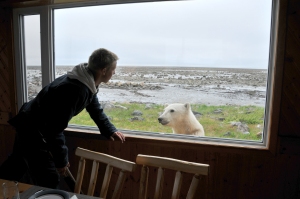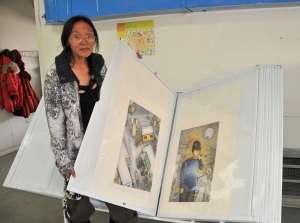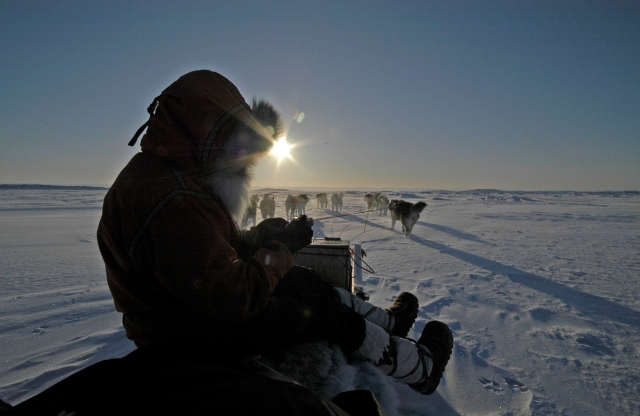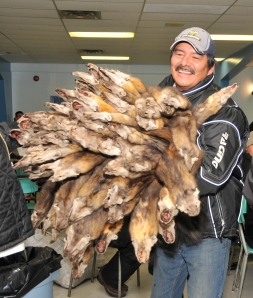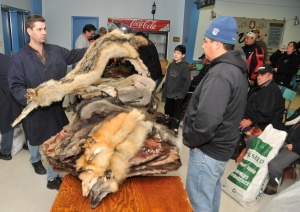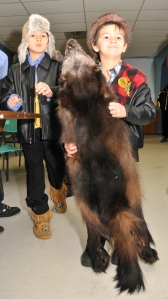Whether ogling orangutans in Indonesia, musk ox tracking in the Arctic or springbok stalking in South Africa, the lives of my guides have always struck me as intriguing as the wildlife and wilderness they’re helping me explore. It seems the idyllic occupation for an experienced adventurer – spending months working in a roll-call of exotic international wild places, connecting with critters, educating and sharing experiences with wide-eyed clients.
But is it the dream job it appears to be?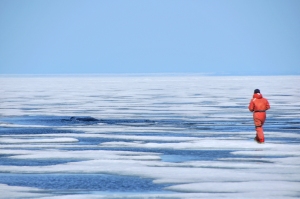
After years of after-hour beers and midnight chocolate-bingeing sessions with guides working back-to-back 18-hour days I’ve discovered that while they all love their freelance freedom, the natural environment and the unique opportunities they can incorporate into their annual schedules, it can be a very taxing profession.
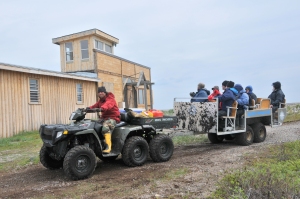 Sure, they’re being paid to fuel their addiction to adventure in wild workplaces, but it comes at the cost of juggling family and relationships during remote gigs that can last months. Most are single; many are ‘homeless’; few have children. They deal 24/7 with guests who sometimes pose more problems than the big-jawed long-clawed wildlife. How do they prevent burn out in a profession where they’re ‘on’ for weeks without a break, bunking with other guides while bearing the responsibility of guests having a life-changing vacation and staying safe?
Sure, they’re being paid to fuel their addiction to adventure in wild workplaces, but it comes at the cost of juggling family and relationships during remote gigs that can last months. Most are single; many are ‘homeless’; few have children. They deal 24/7 with guests who sometimes pose more problems than the big-jawed long-clawed wildlife. How do they prevent burn out in a profession where they’re ‘on’ for weeks without a break, bunking with other guides while bearing the responsibility of guests having a life-changing vacation and staying safe?
Experienced, full-time wilderness guides are a small, elite community of strongly 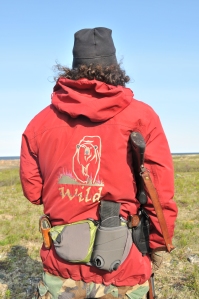 independent, like-minded creatures who migrate just like some of the animals they observe. In Canada, the best of them all know one another and the country’s premier wilderness outfitters know them all too. I spoke to a top trio who shared the ups and downs of the job that gives them the thrilling and rewarding experiences they crave and the means by which they get around its inherent challenges. Read more…
independent, like-minded creatures who migrate just like some of the animals they observe. In Canada, the best of them all know one another and the country’s premier wilderness outfitters know them all too. I spoke to a top trio who shared the ups and downs of the job that gives them the thrilling and rewarding experiences they crave and the means by which they get around its inherent challenges. Read more…


